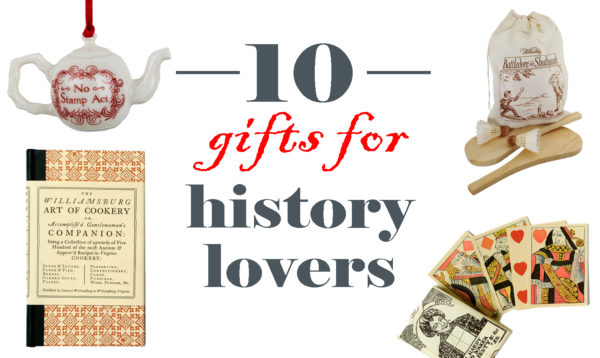
Shopping for a history buff? Step away from the “I Didn’t Know What to Get You, So Here, Buy Yourself a Book” gift card. I’ve got you covered.
It’s not always easy to shop for history lovers. Mostly because we come in so many forms (students, teachers, curators, archivists, antique lovers, interpreters…) and we all gravitate toward different subjects and mediums. Plus, there’s the not-completely-untrue assumption that lovers of the past have expensive tastes.
I won’t deny that last bit (if I hit the lotto, I’d be commuting to work in a 1930s A.C. open roadster), but I’ve specifically picked items for this guide that are reasonably priced, unique, and likely to appeal to different types of historians. So what should you get your favorite history buff? Let us begin:
1. A brass alphabet letter seal to class up their correspondence. ($10.95)
Today we use envelopes, but our 18th-century counterparts (at least those in positions of power and influence) used wax seals. A seal offered a way to verify the identity of the sender, secure a document for transit, and ensure only the intended recipient read it. An unbroken seal conveyed legitimacy, and even today, a real wax seal adds a certain something to invitations, thank you notes, and the like.
Although you don’t have to wait for a ~fancy~ reason to use your seal. A certain unnamed gentleman doubted the likelihood that I would use mine… so he received a wax-sealed grocery/errand list on parchment paper.
Be sure to order a sealing wax stick, too. We sell it in red for $5.95.
2. An adult coloring book (drawn from our art museum collection) for a little active relaxation. ($19.95)
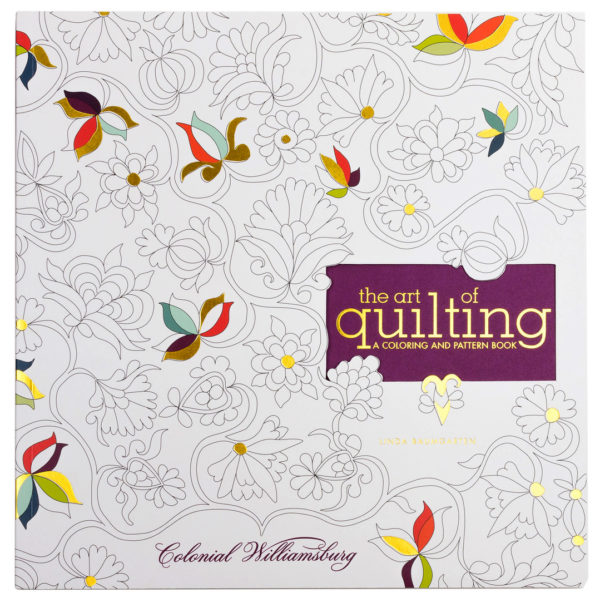 This is probably my favorite thing that our Publications Department has released this year. Adult coloring books are everywhere now, but this one is based on real objects in our art museum collection-specifically, quilts. Best of all, opposite each pattern (there are dozens to choose from) is information about the actual quilt, so it’s fun and educational.
This is probably my favorite thing that our Publications Department has released this year. Adult coloring books are everywhere now, but this one is based on real objects in our art museum collection-specifically, quilts. Best of all, opposite each pattern (there are dozens to choose from) is information about the actual quilt, so it’s fun and educational.
3. A deck of reproduction 18th-century playing cards for their next game night. ($9.95)
Even if your historian isn’t a a big gambler, these reproduction 18th-century playing cards will be a hit. The Aesop’s Fables Cards are based on a deck printed in 1759, and the I. Hardy Cards on a deck from 1765, and since they’re printed on uncoated heavy stock, they don’t have the plastic-y feel of modern cards. History lovers will also appreciate the embossed tax stamp surrounding the package to replicate how they were originally sold.
4. A “No Stamp Act” Ornament for their Christmas tree. ($15.00)
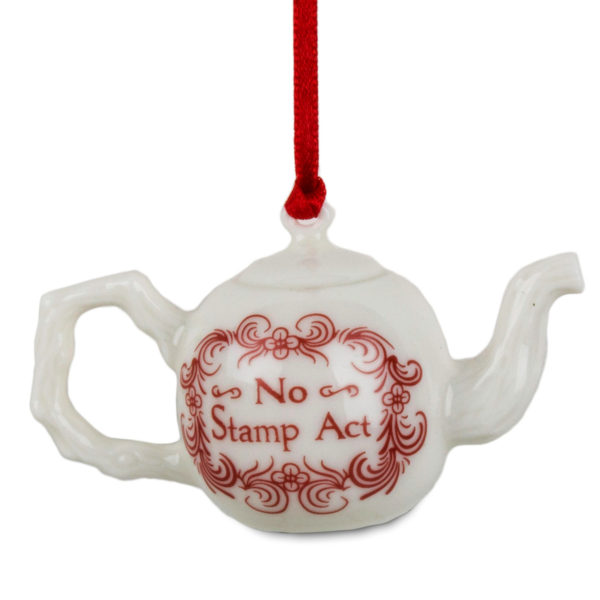 Besides being a lovely addition to the tree, this ornament also presents a nice opportunity to discuss the Stamp Act of 1765 with youngsters. Like the aforementioned coloring book, it is also based on an object in our museum collection.
Besides being a lovely addition to the tree, this ornament also presents a nice opportunity to discuss the Stamp Act of 1765 with youngsters. Like the aforementioned coloring book, it is also based on an object in our museum collection.
5. A copy of the Williamsburg Cookbook to spice up their next dinner party. ($21.99)
If books were songs, the Williamsburg Cookbook would definitely make it onto our “greatest hits” album. Originally published in 1971, it has sold more than one million copies and remains a fan favorite. If you’re looking for even more options, The Williamsburg Art of Cookery or Recipes from the Raleigh Tavern Bake Shop are also a solid choices. The latter includes original recipes from rare 18th-century cookbooks, side-by-side with their modern adaptations.
6. …or if cocktail parties are more their style, one of our new punch mixes. ($8.95)
Punch was a big deal in the 18th century, even more so than beer or wine. Our new punch mixes (available in Tart Lime or Orange Ginger) were developed in conjunction with Frank Clark, CW’s Master of Historic Foodways, so they’re a perfect fit for foodies or history buffs. If authenticity is your goal, remember that early Americans usually made their punch with rum or brandy. Just try to avoid having your punch party devolve into this sort of melee:
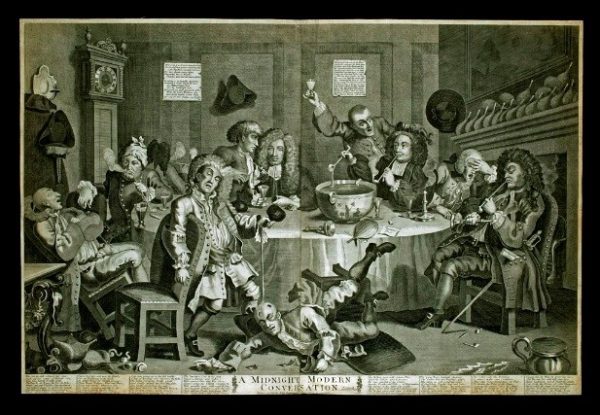
William Hogarth, “A Midnight Modern Conversation” (March 1732)
7. A Battledore and Shuttlecock Game Set for outdoor frivolity. ($39.95)
Eighteenth-century tennis anyone? Having played with the Chownings on the Courthouse Green, I can personally attest to the awesomeness of this game. It’s like a hybrid of badminton and table tennis that you can play anywhere.
8. A tin cup based on one unearthed by archaeologists in the Historic Area. ($15.00)
A morning espresso (or Saturday night elixir) served in tinware directly inspired by a 1725 artifact? Sign me up!
9. A handcrafted red cedar pen, made from an old-growth tree that stood near Bassett Hall! ($105.00)
Okay, I know I said that all the items in this guide can fit any budget…but then I saw this amazing pen, and every historian needs a good pen. Especially when that pen is actually made from a tree that stood near Bassett Hall in the Historic Area! So if you’re on a budget (*points to self*), add it to your wishlist.
If the “Rooted in Williamsburg” concept appeals to you, there’s also a red cedar ball point pen made from a tree near Bassett Hall, as well as a letter opener and magnifier, both made from a tree near the Brush-Everard House.
10. Finally, the most practical gift of all: a Blue Toile Tote Bag for groceries and errands. ($1.95 To $3.95)
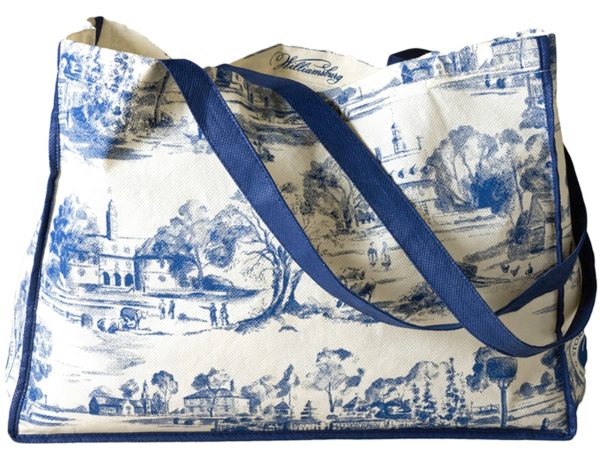
Functional, affordable, and it saves you from using plastic bags. Everyone wins!

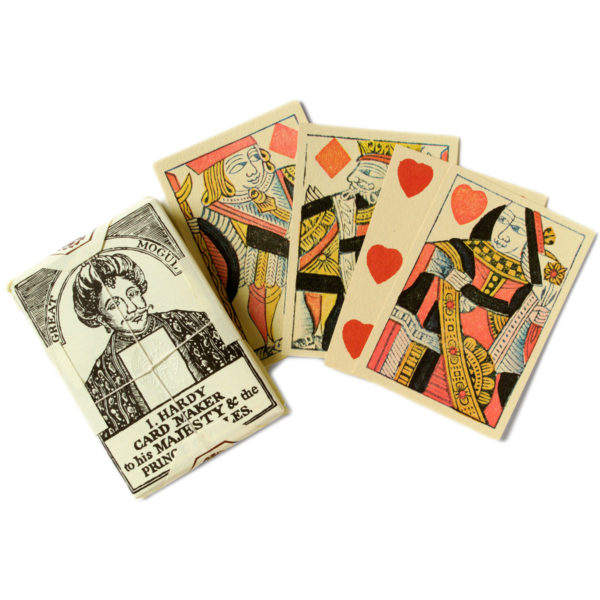
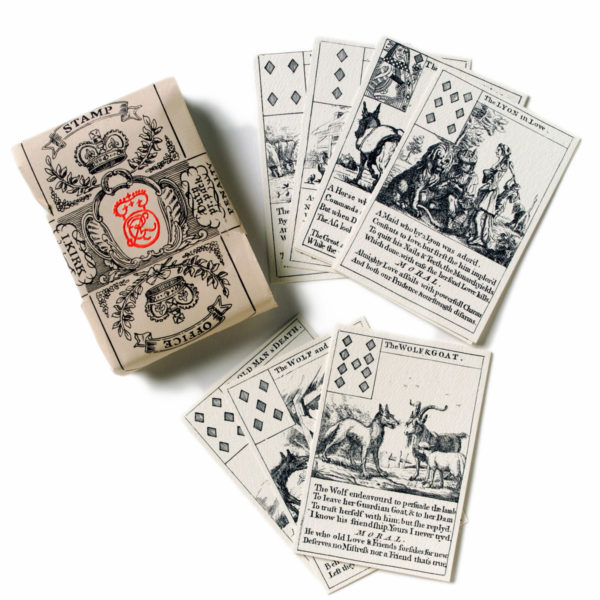

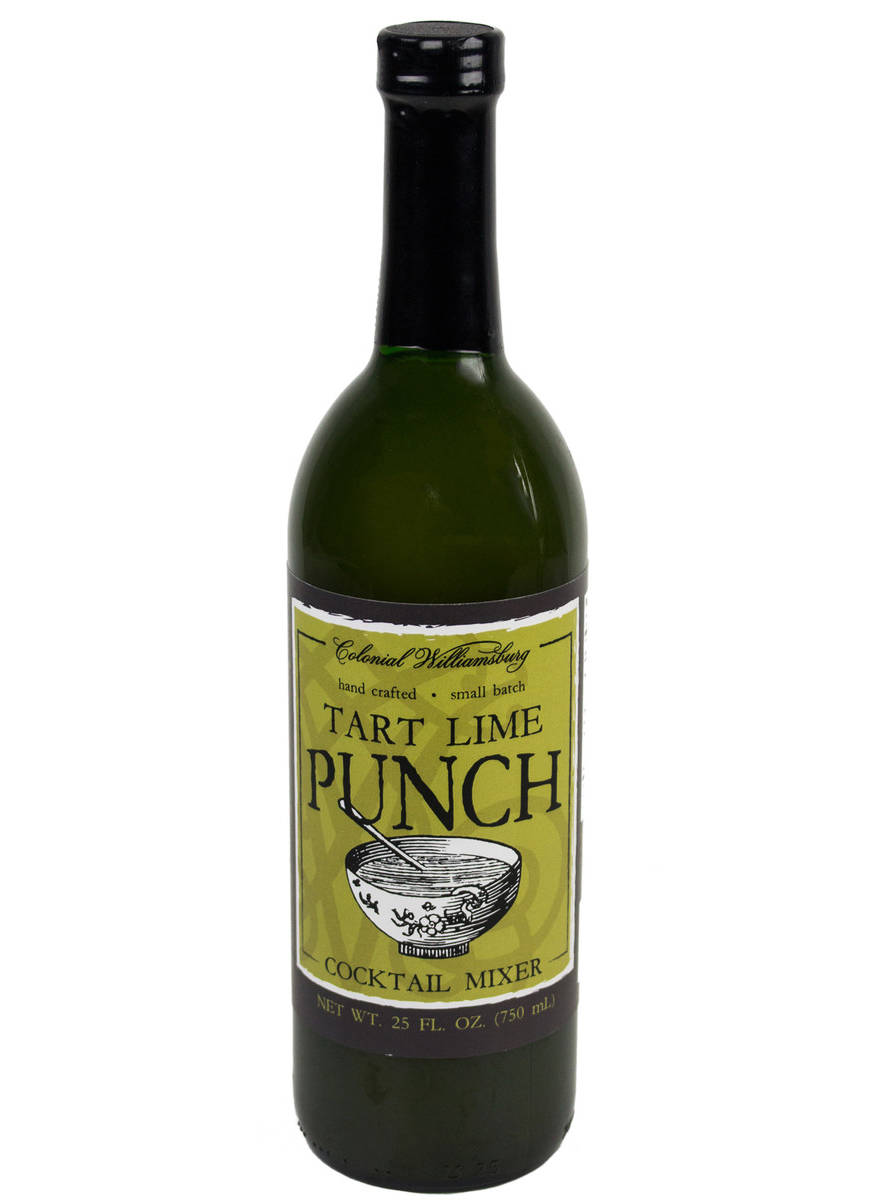
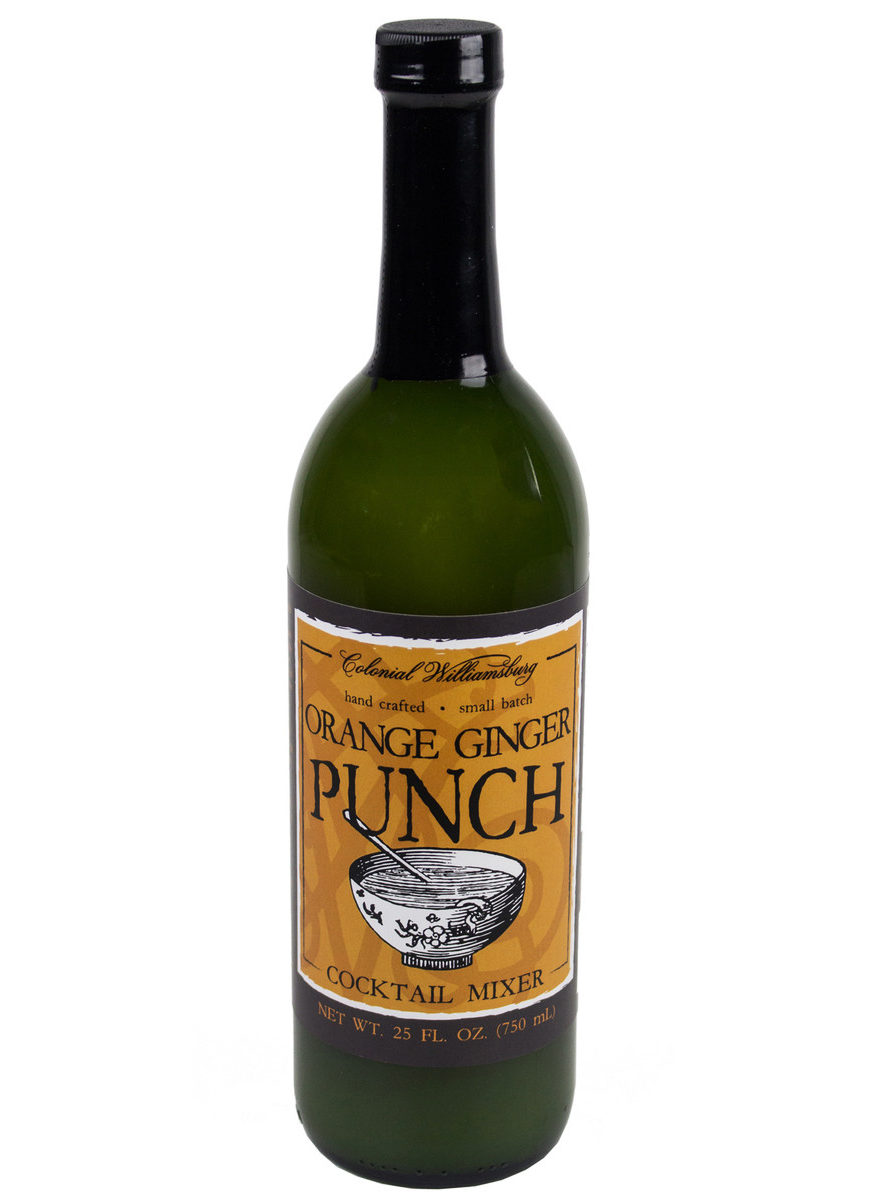
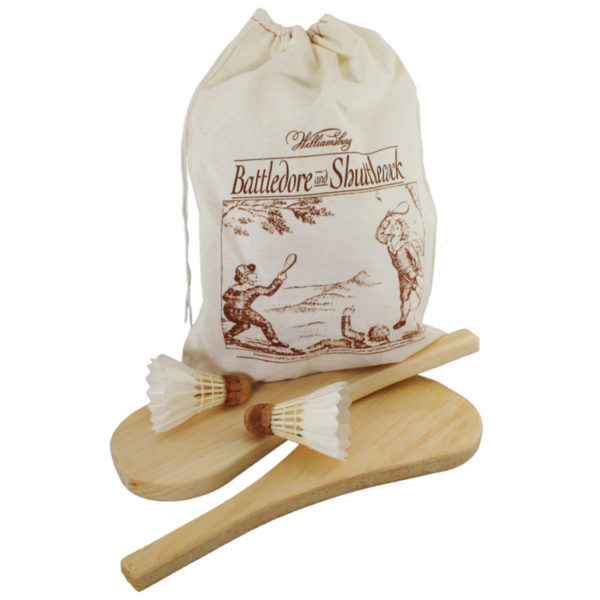
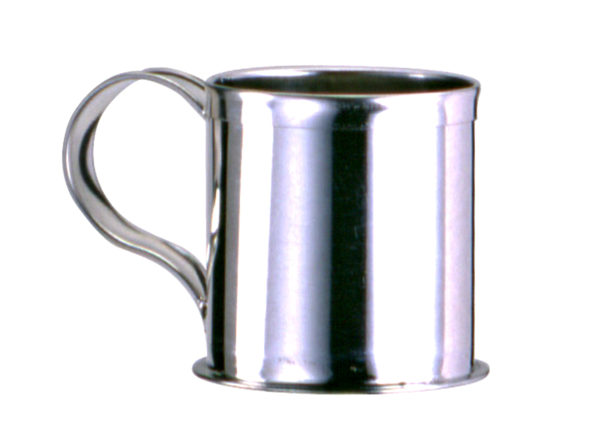
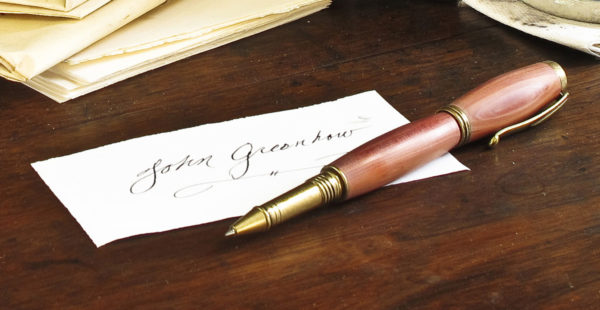
Hey Family! My birthday is in July. Get on it.
Super ideas! Thank you!